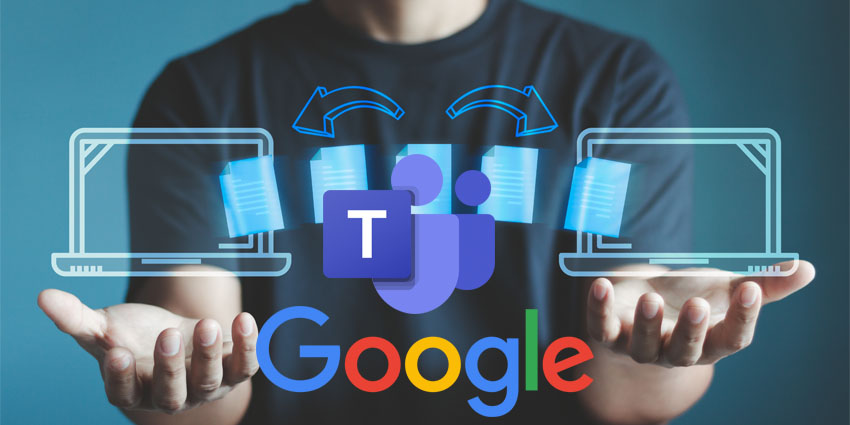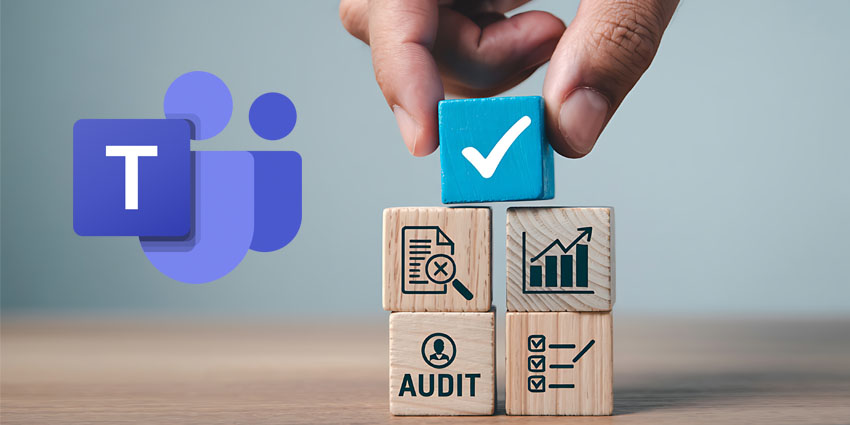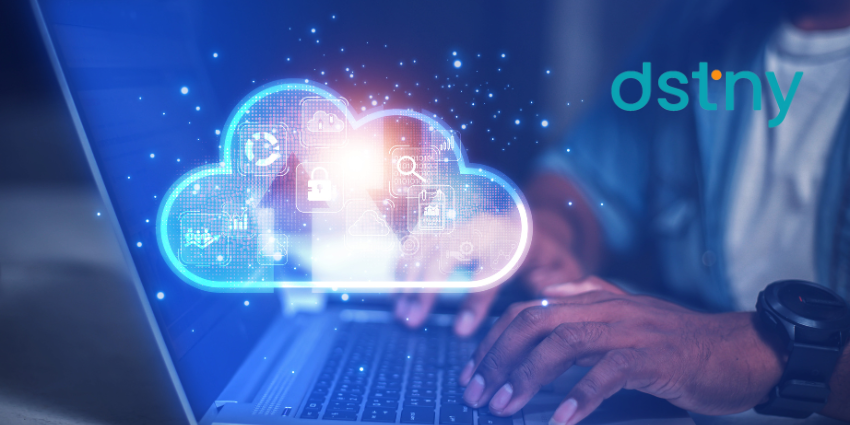For IT leaders pondering a move from Microsoft Teams to Google Workspace, the decision involves far more than merely switching vendors—it’s about reevaluating their organisation’s entire collaboration framework.
This shift requires careful planning, crystal-clear communication, and strategic processes to preserve business continuity while pursuing new heights of productivity potential. Understanding the critical migration factors ahead of time can make the difference between a laboured or disruptive transition and a game-changing opportunity.
- Google Workspace Guide: What is Google Workspace and Is it Right for Your Business?
- Google Workspace for Hybrid and Remote Teams: Best Practices for IT Leaders
Benefits and Challenges of Making the Switch
Migrating to Google Workspace presents compelling advantages that resonate with myriad innovative organisations. The platform’s intuitive design encourages faster adoption across diverse user bases, while its cloud architecture delivers eye-catching performance and accessibility. Google’s commitment to ongoing innovation means organisations will benefit from frequent feature releases without elaborate update cycles.
Workspace’s integrated ecosystem—from Docs and Sheets to Drive and Meet—also cultivates a cohesive working hub that eliminates app switching. Moreover, cost structures often favour Google Workspace for organisations aspiring to optimise their tech spend. The straightforward licensing model and reduced infrastructure requirements typically translate to a lower total cost of ownership relative to Microsoft’s enterprise licensing models.
Despite these benefits, the transition signals noteworthy challenges. Microsoft Teams users have refined muscle memory around specific workflows, and any change naturally creates initial friction.
The technical migration itself necessitates fastidious planning, especially when transferring large volumes of files, chats, and integration setups. Organisations with complex Microsoft 365 dependencies or custom integrations are advised to map replacements or closely rebuild connections in the Google ecosystem.
User resistance traditionally emerges as the most problematic obstacle, particularly if the migration decision is viewed as purely technical or for the sake of change rather than underpinned by user experience improvements. Additionally, distinct collaboration systems between the platforms mean some capabilities won’t translate seamlessly. This will demand process tweaks beyond just technical implementations.
Some Essential Tips for Migration Success
Conduct a Comprehensive Collaboration Audit
Before making any changes, IT leaders should comprehensively inventory their current Teams environment. They should document active channels, critical conversations, file storage volumes, and usage patterns. They should carefully pinpoint what’s essential to migrate versus what can be archived or left behind.
They should also pay close attention to integration dependencies—which third-party tools connect to Teams, and how do they enhance critical workflows? This audit produces a migration roadmap and helps prioritise resources where they’ll have the most impact.
Develop a Clear Migration Strategy with Phased Implementation
Resist the temptation to migrate everything at once. Develop a phased approach that structures the transition into manageable segments—perhaps starting with specific departments or functional areas.
Consider a coexistence period where both platforms run simultaneously, enabling gradual transitions that don’t disrupt critical business ops. This strategy reduces risk and opens up flexibility to adjust the approach predicated on early migration experiences.
Map Feature Equivalencies and Identify Gaps
Create a detailed mapping between Teams features and their Google Workspace counterparts. Chat functionality translates to Google Chat, video meetings to Google Meet, and file sharing to Google Drive—but the implementations differ massively.
Identify where Google offers superior alternatives and where workarounds or third-party options might be required. This mapping sets expectations and informs training efforts by underscoring what will change and what will improve.
Establish a Robust Data Migration Plan
Data migration demands special attention. Decide how historical conversations, files, and shared docs will transfer to the new environment. Consider using third-party migration tools explicitly designed for Teams-to-Workspace transitions, as they often entail more comprehensive transfer capabilities than native tools.
It’s worth establishing transparent data retention policies—what needs to be migrated immediately, what can be archived, and what can be securely left behind. Test migration processes extensively with trial data sets before moving on to complete migration.
Redesign Integrations and Workflows
Google Workspace uses API frameworks and integration points that are different from Microsoft Teams. Assess each integration currently in use and determine whether comparable connections exist in the Google ecosystem. For custom integrations, consider allocating development resources to rebuild these connections.
This is also an opportunity to streamline workflows—IT leaders have the chance not just to recreate what they had but to bolster processes by utilising Google’s most sophisticated capabilities, like robust search functionality and real-time collaboration tools.
Prioritise Security and Compliance Requirements
Security configurations differ hugely between platforms. IT leaders should review their current security policies and compliance requirements and map how these translate to Google Workspace’s security model. Pay close attention to areas like data sovereignty, retention policies, information governance, and access controls.
Leaders can engage their security and compliance teams early in the migration process to make certain the new environment addresses all regulatory requirements without sparking new risks.
Invest in Comprehensive Change Management
The human aspect often influences migration success more than technical factors. Develop a comprehensive change management strategy encompassing early stakeholder engagement, clear comms plans, and extensive training programs. Discover and empower “Google Champions” within each department who can provide colleague support during the transition.
Produce accessible resources such as quick reference guides, video tutorials, and easy-to-find help channels that support common questions and underline productivity boosts available through leveraging the new platform.
Implement Training Programs Tailored to Different User Profiles
Not all users use collaboration tools in the same manner. Think about segmenting the organisation’s training approach based on user personas—execs need focused briefings on high-level features, power users might need deep-dive technical sessions, and occasional users need simple onboarding materials.
Offer various training formats, whether live sessions, self-paced tutorials, or regular office hours for Q&As. Focus training on how Google Workspace actively improves specific workflows rather than simply explaining features without context.
Establish Comprehensive Support Structures
Even with the greatest preparation, questions and issues will inevitably arise during migration. Kickstart multi-tiered support structures, entailing dedicated support channels, self-service resources, and escalation paths for more complicated problems.
Consider temporarily increasing support staff during the migration period. Document regular problems and solutions to refine a knowledge base that builds throughout the migration process. Lay out clear expectations about response times and issue resolution procedures.
Measure Success Beyond Technical Completion
One of the final top tips is also one of the most invaluable—define success metrics that extend beyond technical migration completion. Track metrics like adoption rates, user satisfaction scores, support ticket volumes, and productivity indicators. Gather feedback frequently and tweak the approach based on that data.
Plan for post-migration optimisation, too. The initial setup is just the prologue for maximising Google Workspace’s value. It’s worth scheduling regular review points to assess how the platform serves the organisation and uncover opportunities for extra enhancement.







